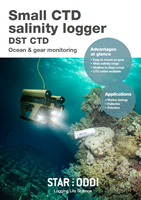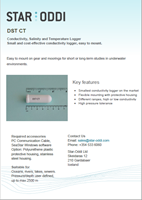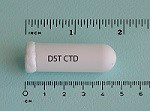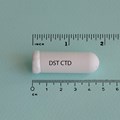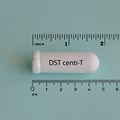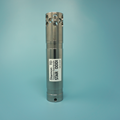Conductivity, Salinity and Temperature Data Logger
Small and cost-effective conductivity data logger. Easy to mount on moorings. Wide salinity range. Long battery life.
For use on subsea moorings, underwater equipment and water quality monitoring. Adding Star-Oddi’s protective housing offers flexible mounting of the conductivity meter.
Key features
- Smallest conductivity logger on the market
- Easy to mount on gear
- Wide salinity range, low to high conductivity
- Long battery life - up to 5 years
- High pressure tolerance
- Description
Small and handy CT
The standalone conductivity data logger DST CT measures and records conductivity and temperature. Upon data conversion the software calculates and displays the salinity values and velocity with a time stamp. Size is only 50 mm length and 15 mm diameter.
Easy to mount on gear with protective housing
A plastic protective housing is available, recommended when fastening the data logger to subsea gear and moorings. Whilst protecting the logger it also gives flexible mounting options, with attachment points at the top and bottom. A wire clip is also available for ease of fastening to the research subject.
Application
The DST CT self contained conductivity measuring device is used for a variety of studies including:
- Oceanography and hydrography for long term stationary monitoring in coastal waters
- Water quality monitoring with the low conductivity meter
Wide salinity range, low to high conductivity
The DST CT can capture conductivity from 3 to 68 mS/cm. Low conductivity range, 0.1–6 mS/cm, is also available, ideal for measuring in brackish water.
Long battery life - up to 5 years
Measuring at 10 minute interval, the logger can last up to 5 years.
High pressure tolerence
The conductivity recorder can be used in underwater environments from shallow water to deep sea, up to 2500 meters.
Minimise risk of biofouling with a copper grid device
The copper grid is recommended for use with the DST CT and CTD when the logger is being left unattended for a month or longer. The copper grid minimizes the risk of biofouling on the conductivity cells. It is inserted into the plastic protective housing, filtering the water entrance holes.
.jpg?w=460&h=345&mode=crop)

.jpg?w=82&h=62&mode=crop)






